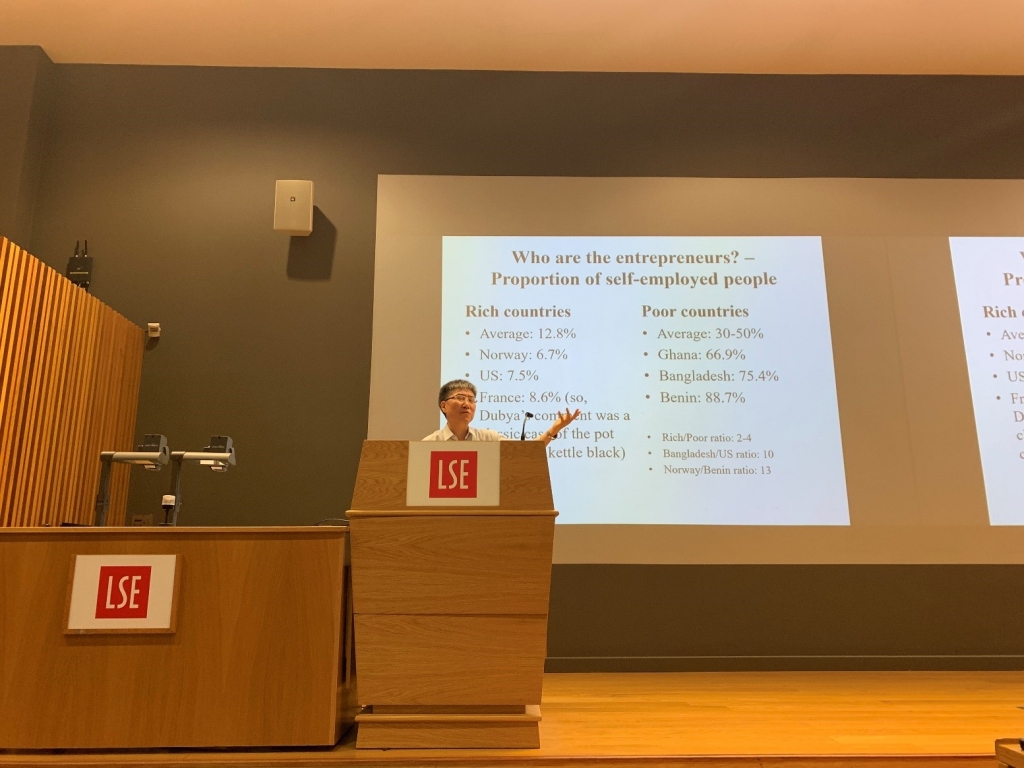

In the last 25 years it has grown at 0.5%. Latin America in the bad old days of import substitution used to grow at 3.1%. If you look at regions that have faithfully followed the Washington recommendations like Latin America and sub-Saharan Africa, growth has basically collapsed. Those two countries have liberalized, but haven't followed the neo-liberal formula. That's largely thanks to star performances by countries like China and India. In the last 20 to 25 years they've barely grown at 2%.

Let's not gloss over the fact that there were lots of problems in many countries, but even then they were clocking up a 3% growth rate. Chang: Yes, that was when they had import substitution and industrialization they had a lot of stable enterprises. IA-Forum: You’re talking about a period of Interventionism? It’s true that the policies in developing countries weren't perfect, but in the 60s and 70s they were growing at about 3% per year in per capita terms. When these policies were first recommended, especially following the 1982 Third World debt crisis, the thought process was that developing countries had been inefficient with stagnant economies. It has been pushed on developing countries for the last 20 to 25 years, and it has produced very poor results. This package is made up of trade liberalization, openness to foreign investment, liberalized financial markets and the privatization of state owned enterprises. Ha-Joon Chang: The basic contention focuses on the set of policies known as the Washington consensus, or neo-liberal policies depending on who says it. International Affairs Forum: Perhaps to start, you could talk about the central assertion in your two most recent books "Kicking Away the Ladder" and "Bad Samaritans."


 0 kommentar(er)
0 kommentar(er)
